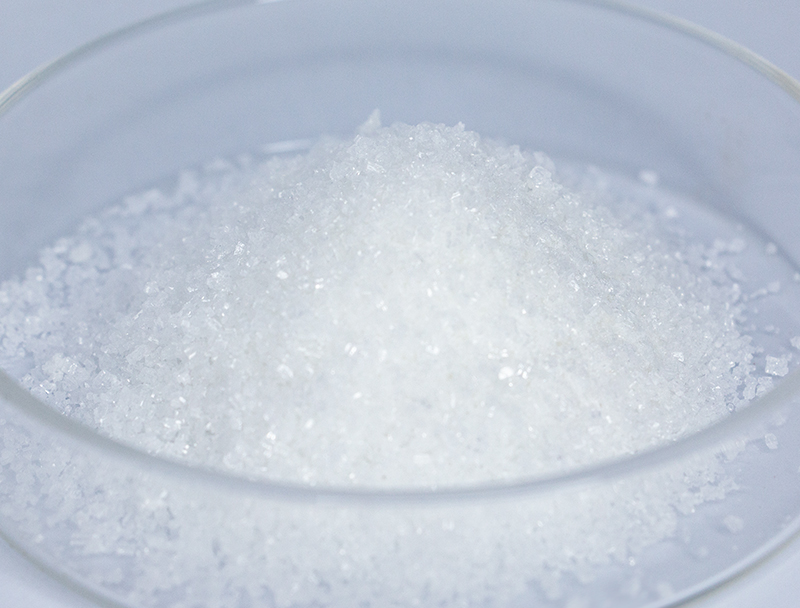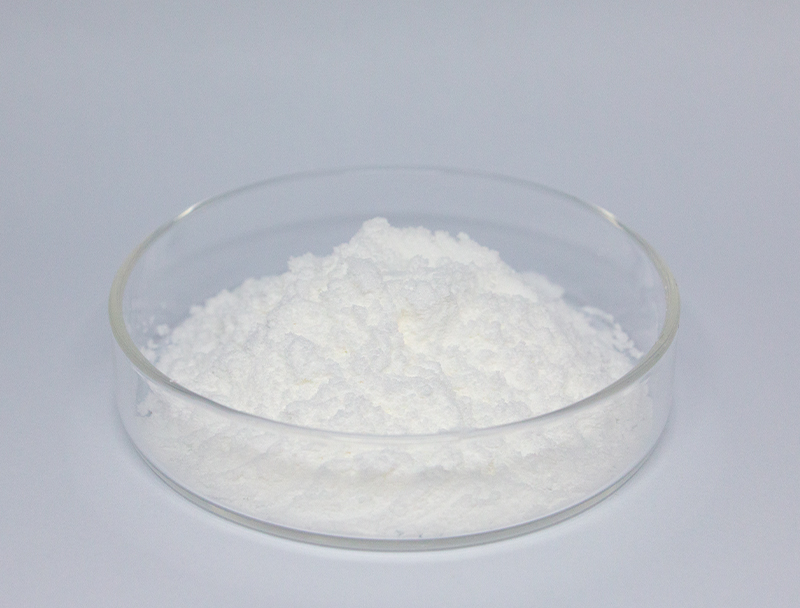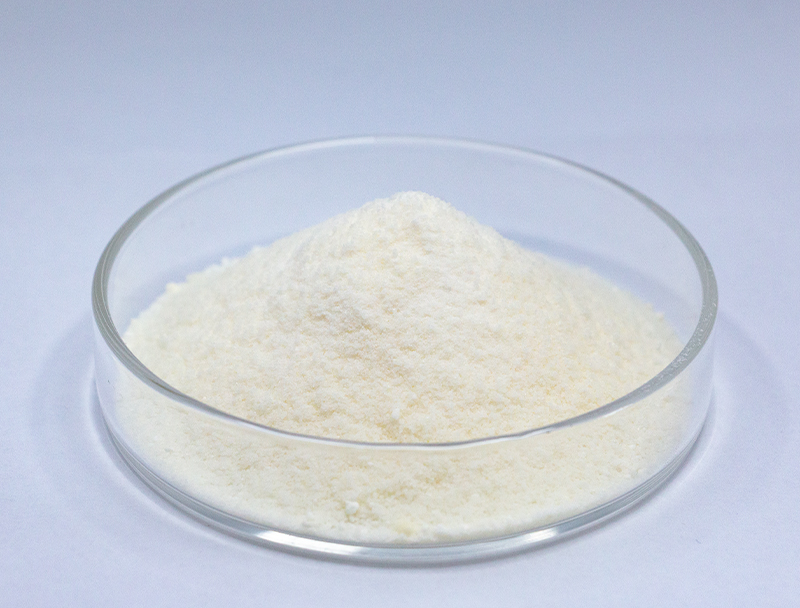
Biotech manufacturing draws predominantly from a substantial range of primary inputs to produce innovative bio-based products.
Guaranteeing continuous ethical sourcing of resources is critical to longevity and principled development in the sector.
numerous problems stemming from established sourcing methods including carbon-intensive impacts and resource exhaustion. Hence, stakeholders must deploy sustainable supply practices to minimize environmental costs.
- Samples of circular procurement methods cover:
- Integrating compostable agricultural waste into supply chains
- Establishing regenerative loops to cut waste and elevate material utilization
- Teaming up with provincial partners who practice sustainable procurement
The transition to greener sourcing offers both planet-friendly outcomes and business advantages.
Enhancing Biomass Composition for Superior Biofuel Results
Enhancing biofuel output is grounded in superior feedstock characteristics. Analysts tirelessly probe advances to elevate feedstock conversion, resulting in superior production volumes and sustainable energy gains. Tactics include molecular breeding to increase biomass and chemical or physical pretreatments to release sugars.
- Additionally, researchers are focusing on identifying new sources of biomass, such as algae, waste products, agricultural residues, to expand the range of sustainable feedstocks available for biofuel production.
- As a result of relentless efforts the industry should deliver significant enhancements paving a path to sustainable energy.

Advances in Biopharmaceutical Manufacturing: Focus on Upstream Operations
covers the early phases of biopharma production including culturing and biological harvesting New innovations across this area have produced enhanced manufacturing methods that boost yields.
Significant developments incorporate advanced biological platforms, tailored medium blends, and precision reactor engineering. These changes expand productivity and help reduce both financial and environmental overhead.
- Likewise, the move to continuous systems facilitates better adaptability and streamlined upstream production.
- Implementing cutting-edge manufacturing technologies will probably redefine workflows and accelerate innovation.

Genetic Engineering Innovations for Higher Therapeutic Yields
advances in genomic editing tools including CRISPR have transformed therapeutic manufacturing. Using precise gene interventions, engineers raise the output of key therapeutic proteins. This route supports the creation of more affordable and productive treatments for multiple disorders.
Microbial Biotechnology as a Sustainable Cleanup Strategy
cutting-edge microbial approaches that remediate contamination sustainably. Microbial communities can biotransform hazardous materials into lower-risk substances. Using microbial biotechnology enables remediation strategies that balance effectiveness with ecological protection. Research teams analyze microbial diversity to find candidates that metabolize heavy metals, break down pesticides, and treat oil-contaminated matrices.. They can be integrated into bioreactor platforms or introduced in the field to stimulate microbial breakdown of hazardous compounds..
The use of microbial biotechnology in bioremediation offers several advantages over conventional methods. It is a cost-effective and environmentally friendly approach that minimizes the generation of harmful byproducts. Furthermore, microbial solutions are highly specific, allowing for the remediation of particular pollutants without disrupting the broader ecosystem. Research efforts persist to upgrade the potency and implementation of microbial remediation strategies.
Digital Methods Accelerating Pharmaceutical Discovery
Digital bioinformatics methods are central to evolving therapeutic discovery processes. From predictive screening to lead refinement, computational biology underpins more efficient drug pipelines.
- Through evaluating comprehensive genomic, proteomic, and clinical data, teams detect novel targets and predict drug action.
- Similarly, modeling drug–target interactions streamlines design of compounds with better efficacy and selectivity.
- To conclude, computational approaches are revolutionizing discovery and reducing time-to-patient for effective drugs.
Engineering Cellular Pathways for Improved Bioproduct Output
adopts varied approaches to raise biosynthetic yields of beneficial compounds. Strategies involve pathway refactoring by genetic modification, expression modulation for balanced flux, and grafting of novel genes to add capacity.. Through careful adjustment of metabolic routes engineers can markedly elevate product titers.
The multifaceted strategy promises to reshape sectors like biotech, agritech, and renewable fuel industries.

Scale-Up Challenges and Prospects for Biopharmaceuticals
Expanding production volumes poses difficult barriers yet offers substantial opportunities. Sustaining uniform quality across expanded production capacity is a principal challenge. Addressing it demands strong process governance, accurate real-time analytics, and advanced measurement systems.

The multi-faceted nature of production steps adds complexity to scaling efforts. Translating lab methods into scalable operations needs heavy research and technology breakthroughs.. Nevertheless, the upside can be significant. Skilled scaling can enlarge supply, lower prices, and increase profit potential.
Various efforts target the core issues of industrialization. Efforts include process-digitization tools, integrated analytics for monitoring, and fresh manufacturing paradigms.
- Ongoing innovation drives improvements in industrial production capability.
- Regulatory bodies are modernizing pathways to accelerate approval of advanced production technologies and support innovation.
Navigating the Regulatory Landscape for Biopharmaceuticals: Ensuring Safety and Efficacy
The development of biopharmaceuticals is a complex process that requires stringent regulatory oversight to ensure both patient safety and product efficacy. Biologically based treatments require tailored oversight and production controls beyond those for typical medicines.
Institutions such as the U.S. FDA and European EMA lead in formulating regulations and benchmarks for biologic approvals..
Extensive evaluation procedures are essential across development phases, spanning preclinical work to post-market checks.. The measures work to spot potential hazards and validate that therapies reach demanding safety levels..
In addition, regulatory entities adapt their frameworks to stay current with rapid research and technological developments.. This includes embracing novel technologies and facilitating the development process while maintaining a commitment to patient well-being.

Plant-Based Biomass Options for Bioplastic Manufacturing
The growing need for sustainable materials has led to a surge in research and development of renewable options. Bioplastics derived from plant biomass provide a viable route to more sustainable plastic alternatives. Materials such as starch from corn, cellulose pulp, and sugarcane biomass are convertible into biodegradable polymers that lower plastic waste concerns.
Additionally, many plant-based bioplastics show performance characteristics similar to conventional plastics for numerous uses.. Persistent innovation will be key to advancing plant biomass into mainstream bioplastic manufacturing for a circular future.
Biotech's Role in Improving Global Health and Agricultural Resilience
Biotech innovations hold promise to dramatically impact health and the reliability of food systems. Through CRISPR, synthetic circuit design, and cell therapy progress, developers generate methods to counter infectious agents, optimize crops, and elevate nutritional profiles.. For instance, genetically modified crops can be engineered to resist pests and environmental stresses, leading to increased agricultural production and reduced reliance on 4-Aminobutyric acid harmful pesticides.. Likewise, biotechnology enables new vaccines, novel therapeutics, and improved diagnostics essential to global disease mitigation and better health.. With ongoing research, biotech is positioned to enable broad improvements in health and food security that serve global populations.
